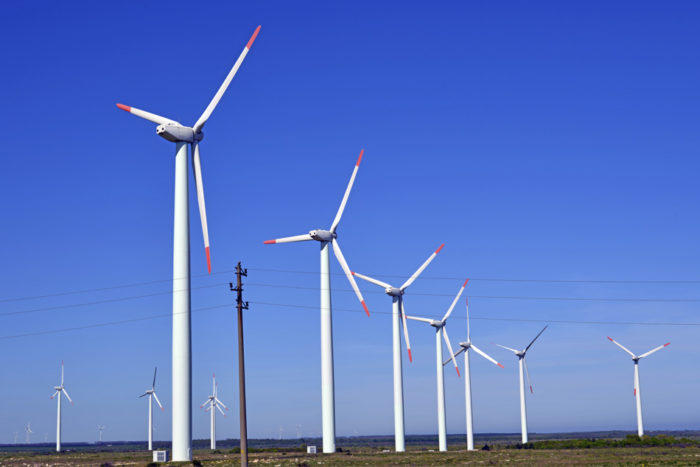Low frequency sound from wind turbines affects the inner ear
New research examines how large commercial wind turbines negatively affect our health

Very low frequency sound generated by commercial wind turbines can have negative affects on human health, according to research at Washington University School of Medicine.
“Even though it can’t be heard, we know this type of sound is stimulating the ear quite strongly,” says Alec Salt, PhD, scientist in the Department of Otolaryngology at Washington University. “We’re now looking for how that could potentially affect people and cause symptoms.”
Infrasound vs. ultrasound
Salt describes “infrasound” as being about 10 keys below the lowest note on a piano. Unlike ultrasound with its short wavelengths, infrasound is characterized by very long wavelengths that stimulate the outer hair cells, the ear’s amplifiers. The inner hair cells, responsible for hearing, do not respond to infrasound. Therefore, like ultrasound, infrasound is generally outside the range of human hearing. It is still stimulating the ear and the brain; it’s just doing it in a way that is not auditory.
Large commercial wind turbines are responsible for the strongest infrasound. These turbines can be over 600 feet tall when the tip of one of the blades reaches its peak.
“The blades sweep an area bigger than a football field, including the end zones,” Salt says. “And as wind turbines get bigger, the amount of low-frequency noise they generate gets higher and more people have problems with them.”

The reported problems include nausea, vertigo, tinnitus, sensations of pressure in the ear, and sleep disturbance. Salt’s experimental studies in animals also suggest infrasound may accelerate hearing loss from other sources.
According to Salt, infrasound levels are higher when air entering the turbines is turbulent, particularly on wind farms where many turbines are down wind of others.
Not all in your head
“My mission at the moment is to tell people that there is a physiologic basis for how these symptoms may be created,” Salt says. “There is a tendency to tell people it’s all in their heads. To me, that is like telling people with motion sickness it’s all in their heads. It doesn’t affect everybody, but people who are sensitive to it are very bothered by it.”
Unfortunately, Salt says common ear protection such as earphones and foam earplugs do not prevent these low frequency sounds waves from stimulating the inner ear. Even going inside, behind double-paned windows, for example, will cut down on the sound that can be heard, but the infrasound still penetrates.
Salt and his colleagues are currently investigating a biological phenomenon called amplitude modulation caused by infrasound. He compares it to the effect of turning a stereo’s volume up and down repeatedly. In addition, they are studying the possible role infrasound plays in causing endolymphatic hydrops, the swelling of one of the fluid-filled compartments in the inner ear.
“I want to emphasize that I have nothing against wind turbines,” Salt says. “I think they’re great. But when they’re next to people’s homes, there definitely are problems associated with the infrasound they make. And I think it’s wrong to dismiss those problems and not do anything about it.”








